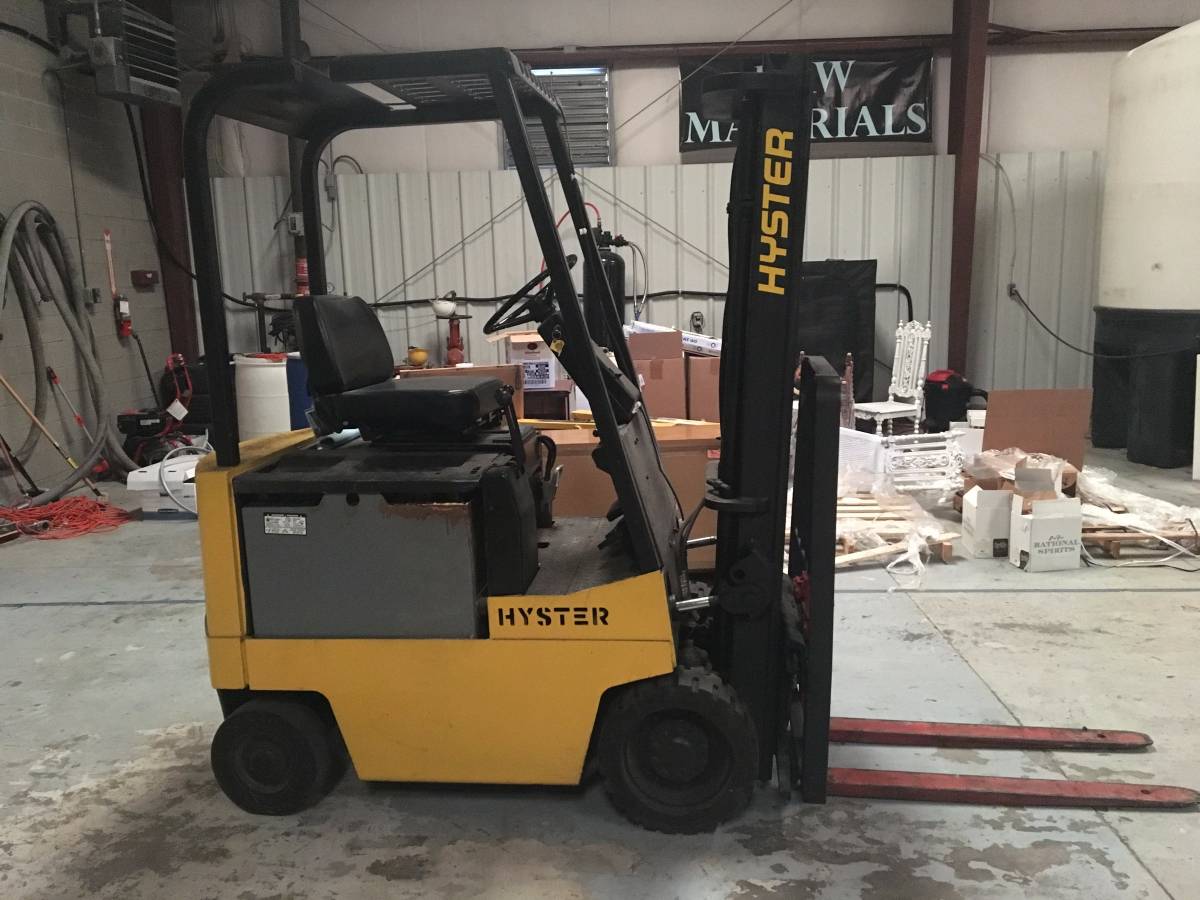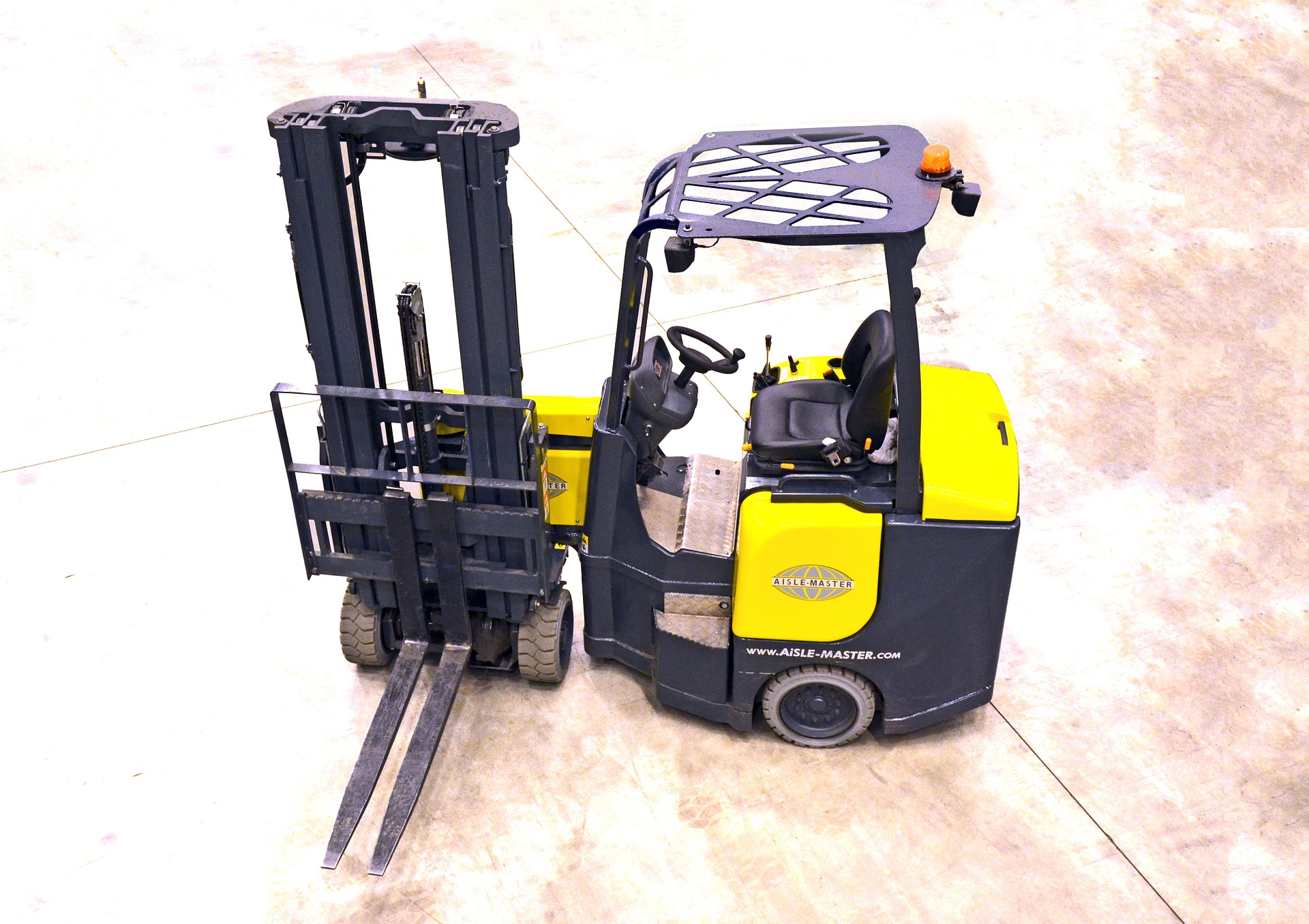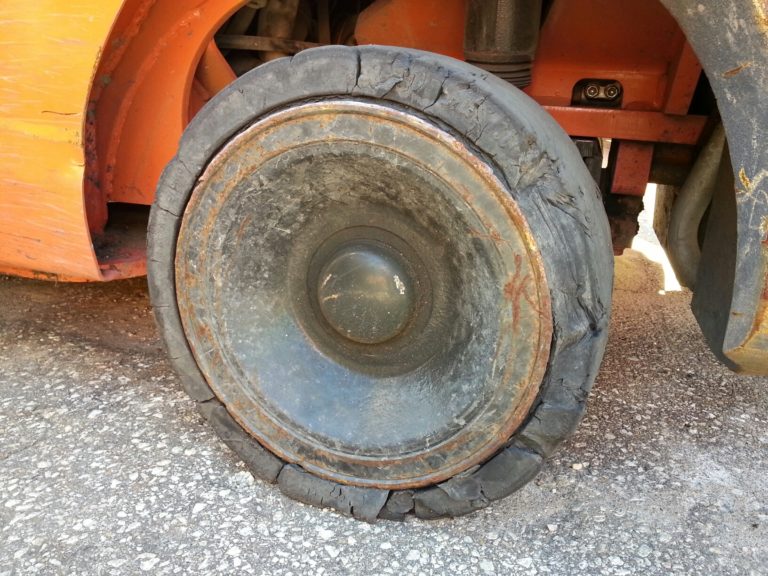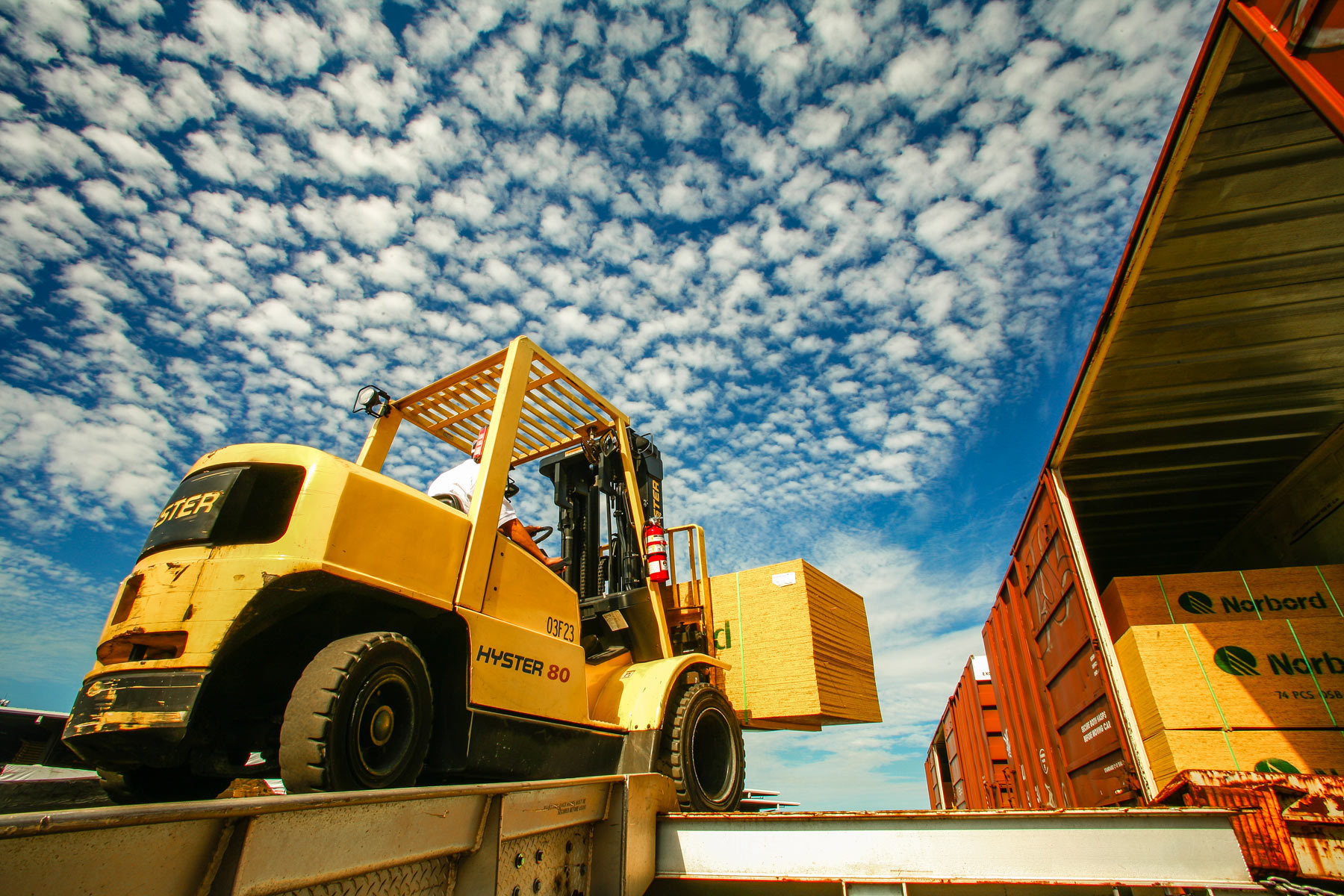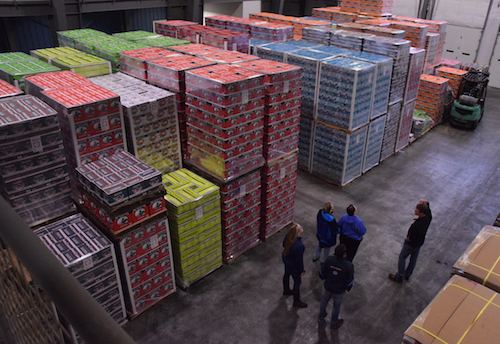A little TLC can go a long way when it comes to forklift battery maintenance. Today we’re talking specifically about electric forklift batteries and how to extend their useful life expectancy. You don’t want to lose a day of productivity because of an unexpected battery blowout, so running through a forklift battery maintenance checklist regularly is a recommended practice for all operators.
Routine forklift battery maintenance is an important part of equipment ownership. Learn more about it below. Plus, find answers to questions like, “When should you add water to a forklift battery?” Increase battery life and efficiency with these tips.
Charging a Forklift Battery
Did you know that you should be charging your electric forklift batteries at a certain time and to a certain level? Before charging a forklift battery for the first time, a qualified technician should check to make sure your truck has a BDI (battery discharge indicator) and has been calibrated. This will help determine when you should charge your battery for an optimal lifespan.
It’s best to charge your battery when the BDI hits 20 percent, but not below. Operating below 20 percent will cause the voltage to drop below normal, forcing the battery to supply the forklift’s electrical system with a higher amperage in order to meet its electrical needs. This produces excessive heat and can shorten the life of the battery. It may also lead to unnecessary costs and repairs.
Make sure the charger is matched to the battery itself in terms of size and voltage. Designate different plugs for different battery sizes if you have multiple forklifts in your facility. Remember, you only need to charge the battery when its power level falls below 30 percent. Don’t disrupt the charge cycle by charging a forklift battery after short usages. Overcharging can be just as detrimental to the equipment’s lifespan as undercharging. Once your forklift reaches full charge, unplug it.
Hydrogen gas is released when charging a forklift battery so it is very important that the charging area is well ventilated, ideally with high ceilings and free from any open flame or spark.
Equalizing Batteries
It’s also important to equalize the battery every five to ten charge cycles. Add this to your forklift battery maintenance checklist. An equalization charge is when you purposely overcharge your battery after a full charging cycle. Charging a forklift battery at a higher voltage than usual helps remove built-up sulfate. This balances each cells’ voltage.
If your battery has an equalizing setting, it’s going to come in handy when the battery is flooded or gets wet. When the battery is flooded, the acid and water become stratified and it can no longer hold a charge as well. Equalizing re-balances the electrolyte concentration, helps remove sulfate crystal from the plates, and allows it to hold a charge again.
Fluid Levels
Water is used in lead-acid batteries to ensure a mix of chemicals and electrolytes. Low water levels can reduce battery life and cycle time between charges. Watering forklift batteries is important to your equipment’s efficiency. Knowing when you should add water to a forklift battery is also very important.
Check the battery fluid levels by opening the battery about every five charge cycles. Check several of the battery cells and ensure there’s enough fluid to cover the plastic element. If there’s not, water needs to be added. When watering forklift batteries, fill them enough to cover the plastic element protector but don’t overfill. A forklift battery watering system can fill cells to the proper levels for you without any manual input.
When should you add water to a forklift battery? Only add water after the battery is fully charged. Watering forklift batteries before charging causes overflows and electrolyte imbalances. If the plates are exposed, water them as best as possible with clean water that has low mineral content. If you’re in an area that has hard water, use distilled or bottled water when watering forklift batteries.
Use a single-point forklift battery watering system if possible. This will save you time. A forklift battery watering system uses automatic shut-off valves and tubing to fill each cell with water until it reaches the right level.
Safe Temperatures
Your forklift is your workhorse, so take care of it! If you’re working in extremely hot environments, make sure the operating temperature doesn’t exceed 45 degrees Celsius (113 degrees Fahrenheit). If this isn’t possible, be sure there’s plenty of air circulating around the battery to allow for cooling.
Extreme cold temperatures may also damage your equipment. If the water inside your batteries freezes, it can cause serious issues.
Cleaning Forklift Batteries
Part of forklift battery maintenance is cleaning the battery if you see acid on the tops of the cells. Use a mixture of baking soda and water to clean the top, but make sure it doesn’t get inside the battery cells while cleaning. Otherwise, it will neutralize the acid and the battery will cease to function. Be sure to dry the top of the battery when you’re finished cleaning and wear protective clothing throughout the process. Cleaning should be performed once a year or if you ever see a white flaky material on the perimeter of the battery, which is a sign of acid leakage.
As part of your forklift battery maintenance, inspect your battery routinely. Look for damage, corrosion, and leaks. Try to keep track of run-time and note any extreme changes in battery life. Forklift batteries are expensive, so extending their lifespan is a priority.
Forklift Battery Maintenance Checklist
As you can see, forklift battery maintenance means more than just charging a forklift battery every time it dies. Routine battery maintenance makes a big difference. Keep track of maintenance and fix issues as they arise. Use this forklift battery maintenance checklist:
Every Week:
- Check electrolyte levels
- Water cells as needed (When should you add water to a forklift battery? Typically, once a week if you use your equipment daily. However, this depends on usage and battery age.)
- Measure specific gravity with a hydrometer (after charging)
- Equalize your battery with ample cool-down time
Every Month:
- Inspect batteries in detail
- Clean the tops of battery cases with a neutralizing agent
Every 3 to 6 Months:
- Wash batteries thoroughly using a battery wash cabinet
Post a copy of this forklift battery maintenance checklist in your workplace. Start a log to keep track of completed maintenance.
Keep in mind that this forklift battery maintenance checklist will only get you so far if your battery needs to be replaced. A typical forklift battery lasts five years, which is about 1,500 charge cycles. This assumes the battery is charged once a day 300 days per year. It also assumes that proper maintenance has been performed, including regularly watering forklift batteries.
If your battery doesn’t hold charge like it used to, it’s probably time for a replacement. Corrosion, smoke, damaged terminals, dim displays, and poor response time may also be indicators of replacement. Consult a qualified technician for a battery assessment.
Need a new battery? Find the best deal on forklift batteries for sale in your area when you use a price comparison tool like Industrial Forklift Truck. Industrial Forklift Truck is a free website that provides quotes on forklift parts so you can compare pricing before you buy. Click here to get started.


